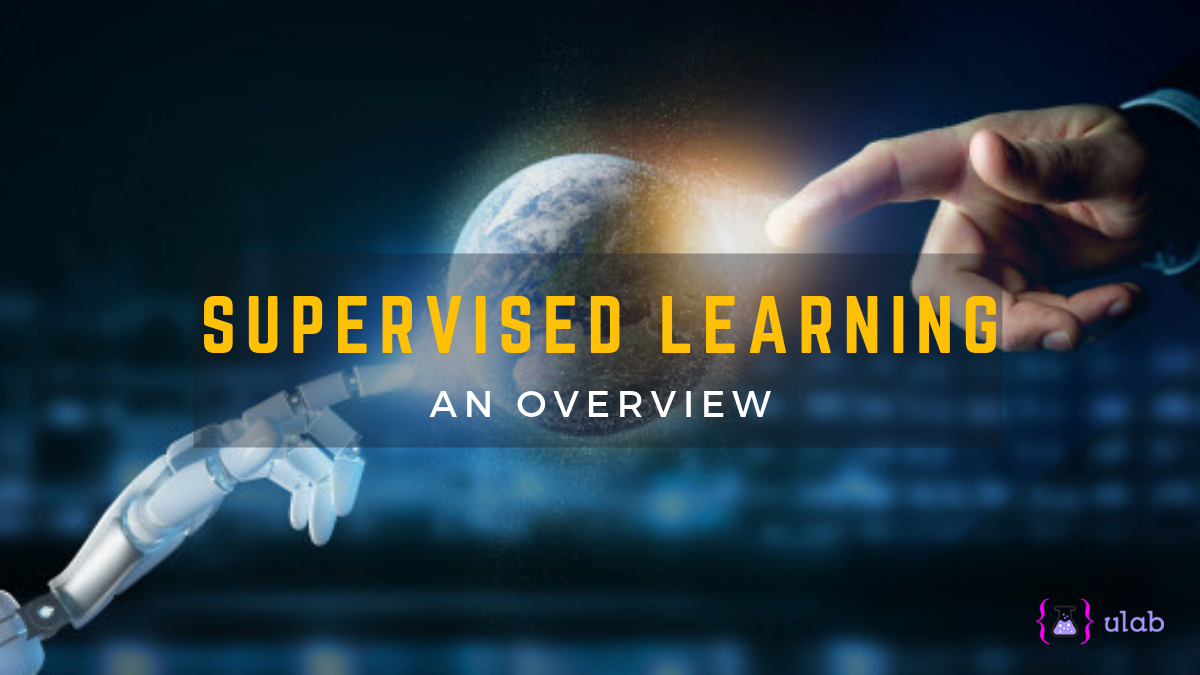Supervised Learning - An Overview

Supervised Learning Overview
When talking about the fundamentals of data science, it is important that you understand the concept of Supervised Learning and Data mining as a whole. Supervised learning implements AI to deliver results. The process of learning starts with feeding some data (like an example or instruction) through algorithms and seeking patterns. These patterns are further used to make better decisions or forecast based on examples/instructions that the user provides.
With the advantage it provides, it can be clearly concluded that Supervised learning doesn’t come in handy just like that. You need to put in a lot of effort to understand the concepts clearly, along with a good deal of mastering the prerequisites. So, we take a look at the prerequisites for Supervised Machine Learning:
1. Programming Languages
Because Machine learning involves learning from past data and predicting future events, one should be thorough with various programming languages such as Java, Python, Scala and Database concepts. Programming languages help in developing software systems that extracts data from data store and uses it for Machine learning. Python is a widely used programming language in Machine Learning. You also need to learn develop skills related to data formats, and processing the data in order to make it compatible with the ML algorithm.
2. Database skills
For a Supervised Learning program you will be expected to use data sets from different data sources at the same time. So make sure you have some decent knowledge about relational and NoSQL databases.
3. Mathematics
Although the role of Mathematics in your journey of Machine Learning matters on the role you play, for beginner-level basic linear algebra and/or multi variable calculus should work. While Machine Learning involves a good deal of Statistical concept models that can be produced once the data is fed, you need to be thorough with the models in order to analyse it.
Topics you could focus on are- Linear Algebra, Probability, Calculus, Statistics, Differential Equations, Mathematical statistics, Optimisation, Regression and Time series, Probability Distributions, Hypothesis testing, and Bayesian Modelling.
4. Visualization Tools
As a human, we seem to grasp more information from diagrammatic representations than texts or other counterparts. By visualising a data you can find hidden patterns, explore if there are clusters within data and find a good deal of information. A major percentage of Machine Learning involves visualising the data, and it’s imperative that you master these tools that’ll help you do so.
5. Data Modeling
Data modelling refers to the process of estimating a data structure to look for any pattern or variations within. Considering, a good deal of Machine Learning is based on predictive modelling, you should be aware of the various properties of data you would be coming across. A deep understanding of how modelling functions is a necessity with Supervised Learning.
6. Machine Learning frameworks
ML involves various statistical and mathematical algorithms to predict a data or design a framework. Possessing a beginner-level knowledge about Apache Spark ML, Tensorflow, Scala NLP, H2O etc. will help you master ML in the future.
Where do we get to see Supervised Learning?
A demonstration of Supervised Learning is witnessed when a computer uses given labels as examples to take and sort series of data, and then predicts future events based on that. Speaking basically, supervised learning involves people teaching or training the machine using labelled data. That’s why it’s called Supervised learning- because there’s always a Supervisor involved.
Summing up, you need a fair understanding of Programming, Maths, Statistics, and Visualising to pursue Machine Learning. Also, a hands-on experience on real applications and problem-solving is going to help.

